
At the first “EU-Ukraine Investment Conference” in Warsaw on Wednesday, the European Union called for mobilizing private investment in areas critical to Ukraine’s recovery, the European Commission (EC) said.
“Under this call, EU businesses, including joint ventures or consortia involving both European and Ukrainian companies, are invited to submit proposals by March 1, 2025. Proposals will be reviewed and linked to the most suitable investment projects financed by the Investment Framework for Ukraine, which is an integral part of the EU’s EUR 50 billion Ukraine Fund,” the EC communiqué says.
“Ukraine’s recovery requires both public funding and partnerships with the private sector. By combining these efforts, we can maximize investment, support the country’s recovery and its gradual integration into the EU single market. Indeed, facilitating private sector participation in Ukraine’s recovery and reconstruction will be key to its success,” said Oliver Vargey, European Commissioner for Neighborhood and Enlargement Policy.
The European Commission named the priority areas of the EU’s call: development of sustainable energy solutions, including renewable energy projects and modernization of existing energy infrastructure; investment in processing of critical raw materials – key minerals and resources needed for high-tech industries and renewable energy technologies; revitalization and modernization of the manufacturing and production sector to increase industrial competitiveness; support for construction and reconstruction of Ukraine; and support for the development of the energy sector.
The two-day conference, according to the EC, brought together more than 5,000 participants, including companies, banks and investors from Ukraine, the EU and other countries, to mobilize private investment in the recovery, reconstruction and modernization of Ukraine.

Italian Foreign Minister Antonio Tajani said that his country is ready to host and organize the 2025 Ukraine Recovery Conference, the Italian Foreign Ministry website reports.
“The Italian government is firmly committed to supporting the recovery and reconstruction of Ukraine, as evidenced by the wide and authoritative presence of our business community in Berlin. We have also put this issue at the center of our G7 presidency: we expect concrete results from the Conference and are ready to take over the organization of its holding in Italy in 2025,” Tayati said at the annual Ukraine Recovery Conference, which this time took place in Berlin.
The politician also added that Italy’s bilateral assistance amounts to more than two billion euros. This is the amount excluding military aid and the contribution to the pan-European aid.
“The 2025 Recovery Conference will be attended by heads of state and government from 77 countries: a total of about 1,800 participants are expected. 500 companies will be invited, including 150 from Germany, 150 from Ukraine and 200 from other participating countries,” the Foreign Ministry added.

Despite problems with finding workers, rising prices of raw materials and physical threats, Ukrainian businesses are optimistic about the future, 44% of surveyed enterprises are ready to invest in their development or recovery, these are the results of the February New Monthly Enterprises Survey (#NRES) of the Institute for Economic and Policy Research (IEP).
“Businesses are quite optimistic about investment given that a full-scale war is ongoing. For example, 42% of businesses believe that now is more or less a favorable time to invest in equipment. For comparison, at the beginning of 2015, when the ATO was in an active phase, the share of such enterprises amounted to only 14%”, – commented the results of the study, Eugene Angel, a senior researcher at the IEI.
The IEI also pointed out that business is gradually coming out of the state of complete uncertainty and begins to make plans for the future: in February 2024, only about 15% of business owners and managers could not give an answer about their business plans for the next six months, while a year ago there were about 40% of them.
At the same time, the level of uncertainty in the perspective of two years is still quite high – about 50% of respondents.
“A significant decrease in the number of those who find it difficult to make plans for the next six months indicates that optimism is returning to Ukrainian businesses. Moreover, the share of enterprises operating at 100% capacity is gradually increasing: in February 2023 there were 6% of such enterprises, now there are already 15%. But, of course, it is difficult for businessmen to make plans for the long term (2 years) in the conditions of war”, – said Oksana Kuzyakiv, Executive Director of IEI.
According to the published data, for the second month in a row the Business Activity Recovery Index (BAI) decreased – by almost 10 p.p. – From 0.43 to 0.34. As for its components, the share of enterprises that reported that their business activity was better than in the previous year decreased from 56.0% in January to 44.8% in February, nothing changed for 44.0% (30.9% in January), the share of those for whom the situation was worse than a year ago remained without significant changes for several months in a row (13.1% in January and 11.2% in February).
According to the survey, the main obstacles to investment are economic uncertainty, political instability and insufficient corporate profits.
As for the obstacles to doing business, February 2024 saw some changes in the list of obstacles: the assessment of rising prices for raw materials and commodities rose from 46% to 49%, and labor shortages rose from 41% to 46%, which respectively moved them to the 1st and 2nd places.
At the same time, the obstacle “not safe to work” dropped from 1st to 3rd place, although its value decreased slightly from 46% to 45%.
Estimates of power outages dropped from 26% to 24%, which is only the 7th most important obstacle, while corruption and pressure from law enforcement agencies ranked even lower in the survey.
In February, compared to January, the share of enterprises operating at full capacity slightly increased – from 13% to 15%, while the share of non-operating enterprises remains unchanged for half a year and amounts to 2% of respondents.
The survey emphasizes that the share of positive assessments of the government’s policy to support business is 8% and has remained unchanged for more than half a year, while 55% (58% in January) assess it neutrally, and 18% negatively (16% a month earlier).
IEI specialists also recorded a slight decrease in problems with finding labor: qualified workers are difficult to find for 31% of surveyed entrepreneurs (32.4% in January), and unskilled workers – for 26.5% of respondents (27.4% a month earlier).
The monthly IEI survey in February involved 542 Ukrainian enterprises located in 21 out of 27 regions of Ukraine. The field stage of the 22nd wave of the survey lasted from February 19 to February 29, 2024.
DEVELOPMENT, INVESTMENT, New Monthly Enterprises Survey, NRES, RECOVERY, UKRAINIAN BUSINESS
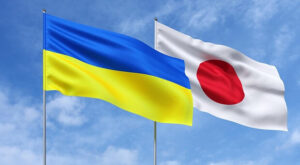
Ukraine’s state budget has received about $950 million from Japan as part of World Bank projects for recovery and social protection, the Finance Ministry said on Thursday.
“The financing consists of a $52.4 million grant from Japan under the Housing Opportunities for People’s Empowerment (HOPE) project and a $900 million loan from the Japanese government through the Investing in Social Protection for Improved Reach, Resilience, and Efficiency (INSPIRE) project,” the release said.
According to the release, the funds will be used to reimburse the state budget of Ukraine for urgent and priority needs, in particular in the field of recovery and social assistance.
The INSPIRE project is funded by a $1.2 billion loan from the World Bank’s Trust Fund for the Provision of Necessary Credit Support to Ukraine (ADVANCE Ukraine), with support from the Government of Japan, and aims to provide social protection to vulnerable populations during and after the war, improve access to social assistance and social services, and strengthen the adaptability of the social support system to effectively respond to current and future challenges.
The HOPE project aims to restore infrastructure in the combat-affected areas, de-occupied and affected regions of Ukraine. Funds will also be provided to homeowners for repairs in multi-family and private homes that have sustained moderate damage and do not require major repairs. The project will support policy reforms at the national level to improve recovery outcomes and alignment with Ukraine’s European integration goals.
On December 19, Finance Minister Sergiy Marchenko said that since the beginning of this year, Ukraine has managed to attract more than $39 billion in external financing, compared to $32.1 billion for the entire last year, and by the end of the year this amount will reach about $42.3 billion.
In particular, on December 20, Ukraine received a grant of EUR 150 million from the EU, and on Thursday – EUR 1.5 billion of the last tranche of the EU’s macro-financial assistance this year.
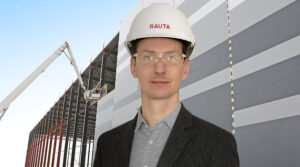
The full-scale invasion radically changed the geography and size of the construction market, caused personnel changes, influenced the legislation and also opened up new business segments for Ukrainian construction companies.
Rauta director Andriy Ozeychuk told about trends and changes in construction during 2022-2023.
To date, total amount of losses is more than $150 billion, including the largest losses suffered by the housing stock ($56 billion), infrastructure ($37 billion) and industry ($12 billion). During the two years of the full-scale invasion, about 15% of the production facilities of construction materials were destroyed. At the same time, the segments of rolled steel and dry gypsum mixtures experienced the greatest losses.
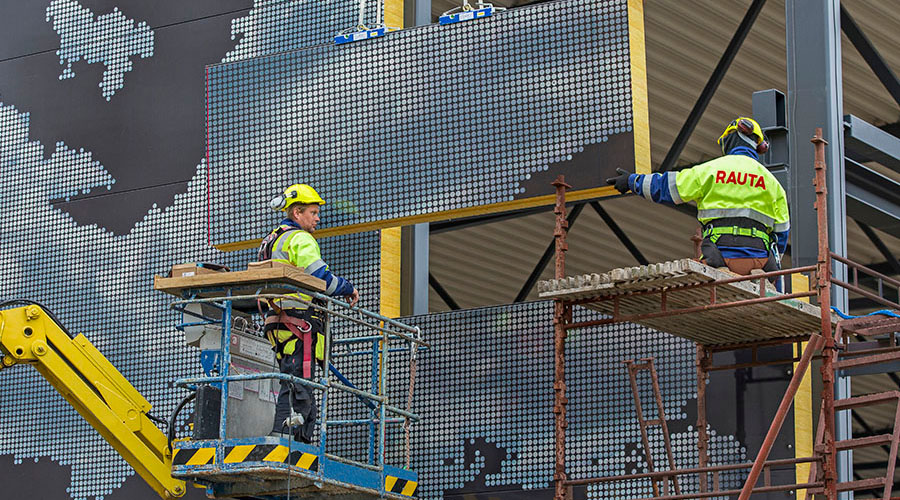
Demand
In 2022, the size of the Ukrainian construction market decreased by approximately 65%. In 2023, there is a tendency to consumption growth of construction products and services, and according to the yearly forecasts, the market is expected to increase by 20%. At the same time, the size of the residential real estate market in hryvnia equivalent will remain at the level as it was last year, non-residential construction will grow by 15%, and infrastructure will show an increase of 40%.
The demand structure for new residential real estate in Ukraine has changed dramatically. Front-line regions experienced the biggest drop in construction market to almost 90%, the central part – a decrease up to 70%, and in the west, construction increased by 15%, which is associated with the relocation of businesses and internally displaced persons, as well as the active development of real estate resorts in the Carpathians.
The primary real estate market was reoriented mainly to the west of Ukraine. Developers in other regions are mostly focused on finishing current projects, which were started before March 2022. Currently, most investors do not dare to start new construction projects and take a wait-and-see attitude.
In the Centeral, Northen and Eastern Ukraine, the demand for the reconstruction services of destroyed buildings and structures has significantly increased. A business that has suffered the destruction of real estate needs the reconstruction of buildings in order to resume functioning.
Currently the fastest-growing construction segments are the infrastructure reconstruction, primarily bridges and social buildings, at the expense of state budget and donor funds.
In response to wartime threats, new segments of the construction market appeared: structures for the protection of critical infrastructure facilities and modular reinforced concrete shelters designed to protect people during air raids, artillery fire, etc.
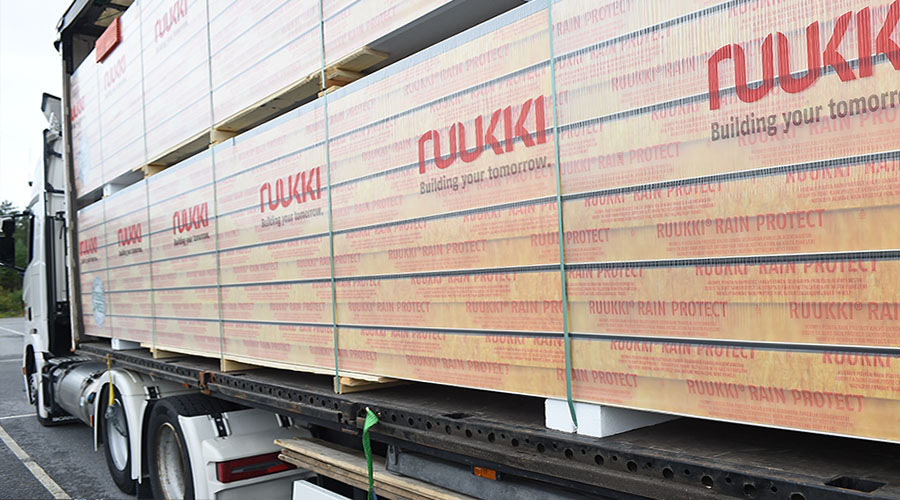
Prices
In 2022-2023, the cost of construction increased by 53%, which led to a similar price increase for the primary real estate market. The construction cost price will continue to grow, which is determined by objective processes, including increased demand and inflation.
Import reorientation
Suppliers of construction materials, which previously imported products from the russia and belarus (glass, bitumen, rolled steel, cement, sandwich panels, etc.), were forced to reorient themselves to supply goods from EU countries and Turkey.
Due to the closure of Ukrainian ports, the import of construction materials by sea (rolled steel, chemicals, decoration materials, etc.) became impossible. Today, the import of these materials to Ukraine takes place mainly through Romania, which has led to an increase in their cost.
At the end of 2023, complications arose with the import of raw materials and construction materials due to blocking by Polish and Slovak carriers of checkpoints on the border with Ukraine. It also caused an increase in prices and delivery times of imported construction materials.
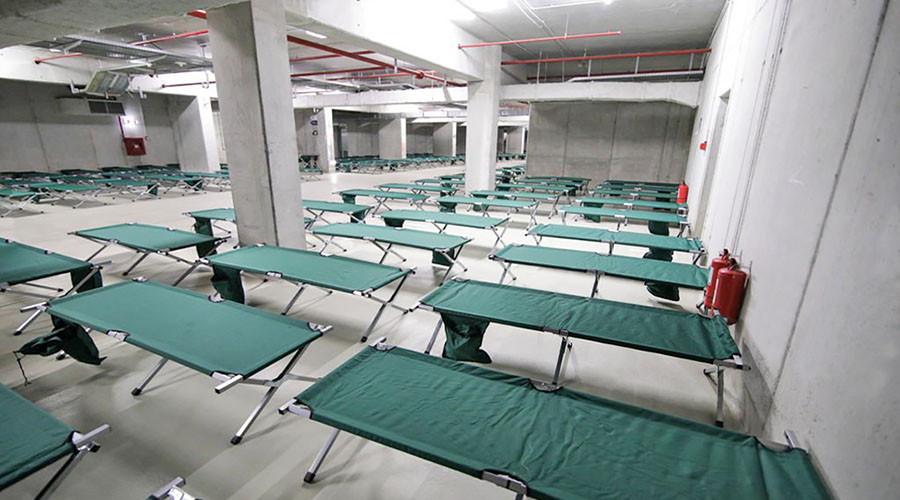
Personnel
During the full-scale invasion, the reduction in the number of the working population of Ukraine amounted to about 35%. The mobilization and emigration of qualified specialists caused a shortage of personnel in the construction industry, which is felt even against the background of a significant market decrease. In the future, this may lead to an increase in wages, which will further increase the cost of construction, but still it will not solve the problem of the lack of qualified personnel.
In this regard, rapid construction technologies, which require a minimum number of workers, are becoming more and more popular. For example, the construction of buildings from sandwich panels requires much smaller number of specialists than in case of installing building from small pieces of materials.
During reconstruction, Ukraine will need a large number of construction specialists, therefore, in the future, we are likely to expect labor migration of qualified personnel from the EU and labor specialties from Asia.
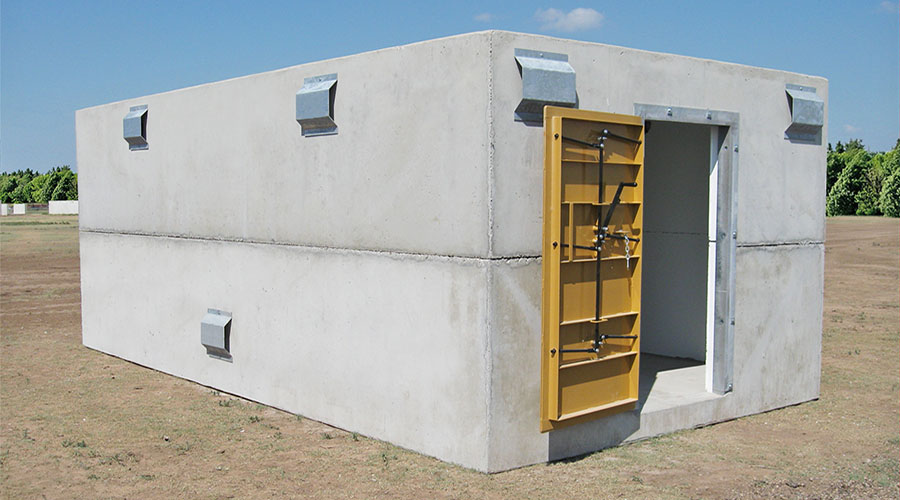
Legislation
Among the main legislative innovations in recent years, there is a notable trend to improve people’s safety and improve the energy efficiency of buildings. Thus, the adoption of amendments to Law No. 2486-IX regulates the requirements for the arrangement of bomb shelters during the construction of new buildings. Also, DBN B.2.6-31:2021 changed the requirements for the minimum permissible values of the reduced heat transfer resistance of the envelope structures of buildings, which increased by an average of 28%.
Preparation for reconstruction
Currently, most Ukrainian investors are preparing for reconstruction and are actively calculating the cost of construction, but as a rule they are waiting for the end of hostilities to start new projects.
International financial institutions are also planning to get involved in reconstruction and are gradually entering the Ukrainian market. The key criteria for financing post-war construction in Ukraine will be transparency and speed of project implementation, so international organizations are already starting to establish partnerships with reliable Ukrainian construction companies. At the same time, priority is given to companies that work with European materials and technologies, which allows to create modern architecturally attractive and energy-efficient buildings.
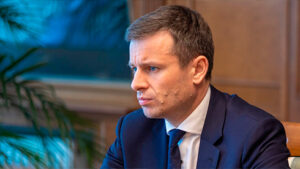
Ukraine’s unfunded needs for financing priority reconstruction this year amount to about $6.5 billion more, with a total estimate of $14.1 billion, Finance Minister Sergei Marchenko said in panel discussions at a meeting of the IMF and World Bank member countries in Montenegro.
“Timely attraction of these funds is crucial for creating proper living conditions for people, returning migrants and promoting economic growth in Ukraine,” the minister said in a Finance Ministry press release on Friday.
According to him, the state budget-2023 provides $3.3 billion for priority reconstruction, and international partners have provided guarantees of about $4.3 billion.
Marchenko recalled that the needs of the energy sector for priority reconstruction are estimated at $3.3 billion, humanitarian demining at $400 million, reconstruction of destroyed and damaged housing at $1.9 billion, critical and social infrastructure at $5.8 billion, as well as $2.8 billion needed to support the private sector.
It is noted that during the discussions the state of the economy in the countries receiving migrants and refugees was discussed, and the head of the Ministry of Finance thanked the governments of the receiving countries for their assistance and protection.
According to him, the factor of Ukrainian migrants has a positive impact on the economies of receiving countries, as Ukrainians spend money and actively integrate into the European labor market.
At the same time, Marchenko noted the priority of the Ukrainian government to create incentives for citizens to return home, and in this context it is important to rebuild the country.
The minister also informed that the governments of Ukraine and Great Britain are closely cooperating on the organization of a conference on the reconstruction of Ukraine, which will be held in late June in London:
“We plan to present reconstruction projects, as well as to discuss mechanisms of insurance against military risks. I am confident that the conference will consolidate international partners and donors and will facilitate their involvement in Ukraine’s reconstruction,” the Finance Minister said.